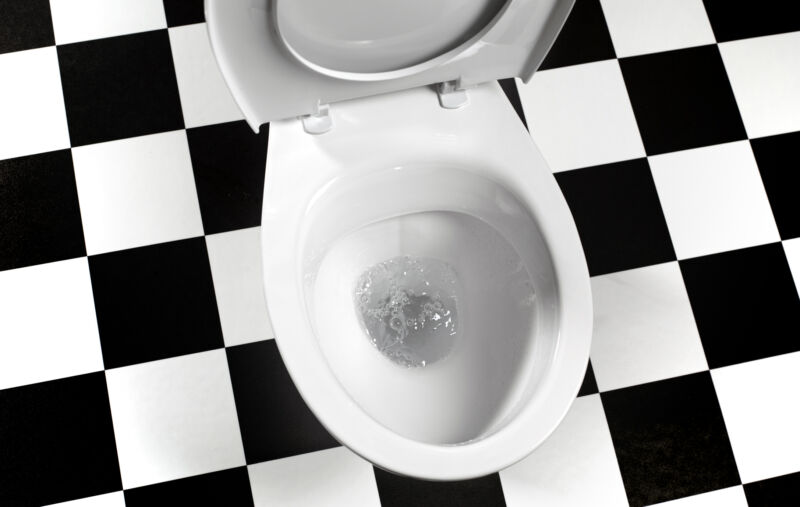-
chevron_right
You can get a lot of great products in the US – so why do the deodorants stink? | Arwa Mahdawi
news.movim.eu / TheGuardian · Wednesday, 3 April - 10:00 · 1 minute
Thankfully my mum is soon coming to visit me with a suitcase full of the best of Britain: chocolate, tea and savoury snacks
My mum, who lives in England, is coming to visit me in Philadelphia soon and I have given her strict instructions on what to bring from the motherland. Namely, deodorant. You can get a lot of things in the US – it is a land of excess – but the deodorant offerings here stink.
Most American women, you see, tend to use stick deodorants. In the UK, meanwhile, it’s far more normal for women to use a roll-on. Or, at least, its far more normal for shops to stock a wide range of roll-ons. I don’t have some sort of degree in deodorant studies, I should probably note; I have not done extensive market research on this matter. This assertion is based on empirical data gathered over a lifetime of deodorant shopping, along with several years of arguing with my American wife about our underarm preferences. She thinks roll-on deodorant is (trigger warning: an objectionable word is about to appear) moist and leaves a wet sensation. I think that stick deodorant feels clammy and flaky. Clearly I am right.
Continue reading...
